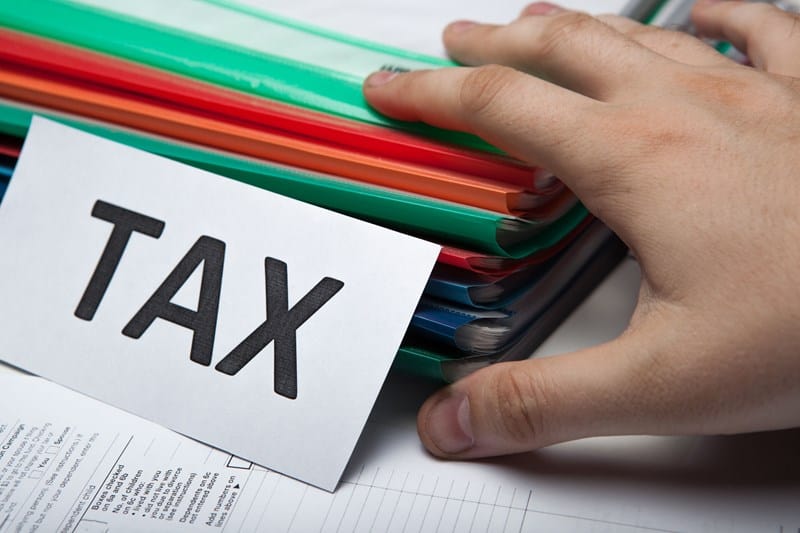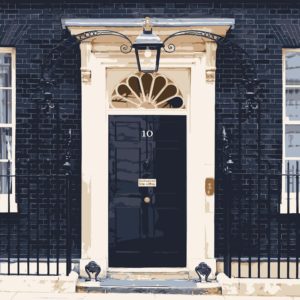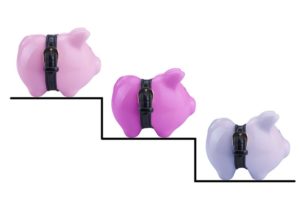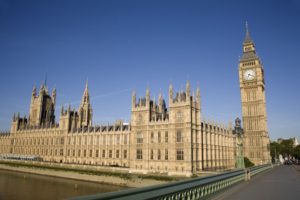HMRC has published figures that show the tax gap for the 2016-17 tax year was 5.7%. The tax gap is basically the difference between the amount of tax due and the amount of tax collected by the Exchequer. The gap includes tax that has been avoided in the UK’s black economy, criminal activities and by the use of tax avoidance and evasion schemes.
The 5.7% figure is the same as was recorded for 2015-16 and is significantly less that the 7.3% figure recorded in when figures were first published in 2005-6. In a press release published by HMRC, we are told that if the tax gap had remained at the 2005-6 level of 7.3%, the country would have lost £71 billion in revenue.
The key findings from HMRC’s Measuring the Tax Gap publication include:
- small businesses made up the largest proportion of unpaid tax by customer group at £13.7 billion;
- taxpayer errors and failure to take reasonable care made up £9.2 billion of unpaid taxes by behaviour, while criminal attacks made up £5.4 billion;
- Income Tax, National Insurance Contributions, and Capital Gains Tax made up the largest proportion of the tax gap by tax type at £7.9 billion for 2016 to 2017, equivalent to 16.4% of Self Assessment liabilities;
- the VAT gap showed a declining trend over time, falling from 12.5% in 2005 to 2006 to 8.9% in 2016 to 2017.
The introduction of Making Tax Digital is expected help drive the tax gap even lower. The new regime will require businesses and individuals to register, file, pay and update their information using a new online tax account.
Jon Thompson, HMRC’s Chief Executive said:
‘The UK is the only country in the world to regularly publish their tax gap in detail and at 5.7%, it remains at its lowest for five years. I am pleased that the downward trend shows HMRC and HM Treasury’s continued hard work to tackle evasion and avoidance is working.’







